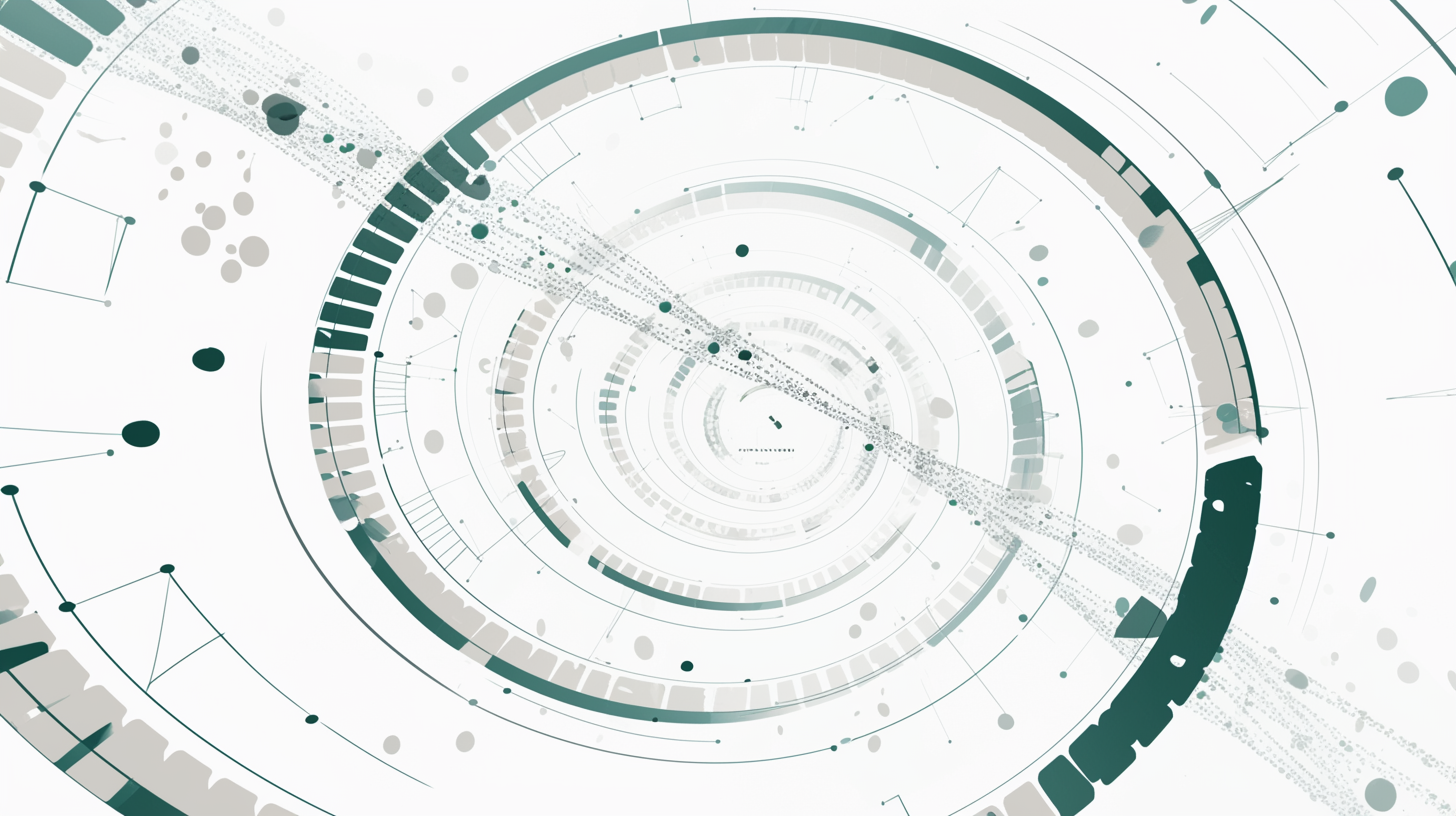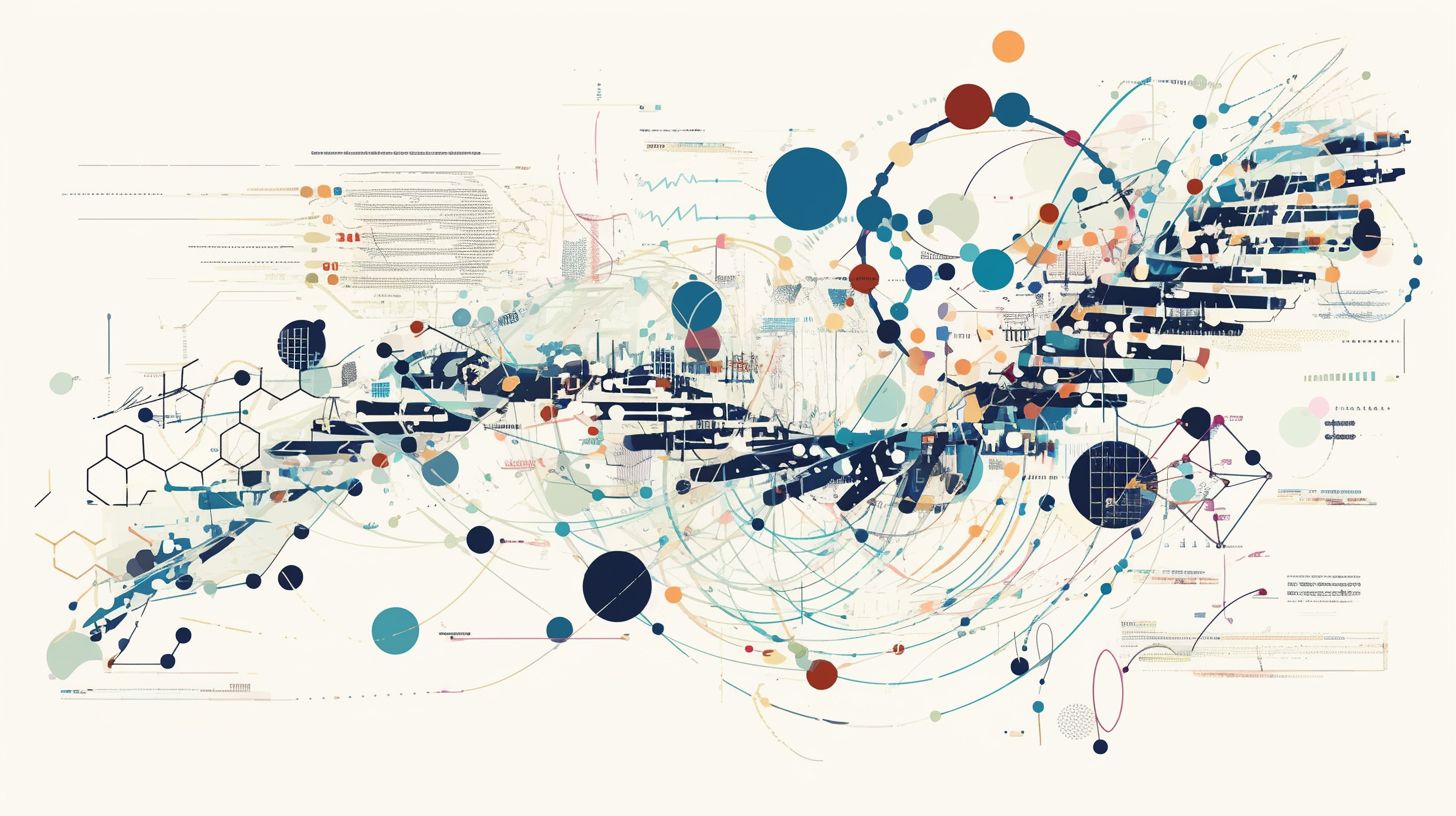Reading time [minutes]: 7
Vision & Strategy
Cloud Diagnostics Analytics: trends and applications
The future of diagnostics is cloud-based. CDA revolutionises laboratory workflows and creates strategic value from every datapoint.
Abstract
Cloud Diagnostics Analytics (CDA) is a new digital architecture that integrates molecular diagnostics, cloud computing and artificial intelligence. Through Ulisse Biomed's Hyris System™ platform, CDA enables advanced real-time collection, processing and analysis of diagnostic data, reducing Turn-Around-Time, enabling predictive maintenance, and generating new business models based on SaaS and recurring revenue. In this article, we analyse the CDA architecture, adoption drivers, impacts for labs and OEMs, and evolutionary trends to 2030.
Snapshot
- CDA (Cloud Diagnostics Analytics)
Cloud pipeline that collects, normalises and analyses diagnostic data in real time. - Ct (Cycle threshold)
Number of cycles required to detect a significant amount of DNA/RNA in a PCR test. - TAT (Turn-Around Time): time required to obtain a diagnostic report from the time of collection. - bCUBE
Portable real-time PCR device developed by Ulysses Biomed. - bAPP: Ulisse Biomed's cloud platform for data management, KPI visualisation and API interface. - Edge computing
Data processing directly on the device, before being sent to the cloud. - LIS (Laboratory Information System)
Computer system dedicated to the management of diagnostic workflows within a clinical laboratory. It allows tracking of samples, reports, patient codes, quality control and communication between instruments and personnel. Integration with cloud platforms (e.g. CDA) enables automation, interoperability and real-time visibility of operational performance.
Semantic note
The term 'Cloud Diagnostics Analytics' (CDA) does not originate from a normative document or an established academic definition, but emerges as a descriptive construct in the advanced technological contexts of molecular diagnostics and health IT. The acronym CDA is used to refer to the entire cloud and AI-driven infrastructure that enables the transformation of data generated by molecular tests into clinical, operational and management insights.
In recent years, CDA has found increasing popularity in market reports, technology white papers and peer-reviewed journal articles (e.g. Nature Biotechnology), although it remains a term not yet formalised by ISO or FDA standards. It should therefore be considered an emerging term, used to represent a technological convergence between cloud computing, decentralised diagnostics and machine learning.
Introduction
Every day, laboratories produce millions of data points: CT curves, machine logs, quality control flags, metadata. Until a few years ago, this data was confined to local LIS (i.e. laboratory information systems). Today, thanks to cloud architectures and AI-driven technologies, it can be centralised, analysed and leveraged. This has given rise to the Cloud Diagnostics Analytics (CDA) paradigm, which transforms testing from a binary outcome to a predictive and management tool. For companies such as Ulisse Biomed, which operate with connected devices such as bCUBE and SaaS platforms such as bAPP, CDA is not an add-on, but part of their core business.
In this article, we will explore the main aspects of the CDA model: we will start with a clear definition of the technology pipeline, analyse the reasons why its adoption is accelerating globally, and detail the technical architecture used by Ulisse Biomed. We will delve into the business models enabled by CDA, Ulisse Biomed's strategic positioning in this context and, finally, the limitations and challenges that still accompany this emerging paradigm. A specific focus will be dedicated to the direct benefits for laboratories and OEMs, a key element in understanding the industrial value of this transformation.
1. What is cloud-based analytics
The term CDA describes the entire pipeline for collecting, managing and analysing data generated by diagnostic devices, according to a 5-level structure:
- Acquisition: collection of Ct curves, machine logs, metadata.
- Ingest: secure upload to cloud buckets (e.g. AWS IoT Core) in compliance with ISO 27001/27017/27018.
- Processing: processing via AI/ML pipeline for quality score, drift detection, predictive maintenance.
- Analytics: KPI calculation (median Ct, fail rate, consumption), alerts on abnormal trends, maintenance.
- Interfaces: user dashboard, API for integration with LIS.

2. Drivers of adoption: why CDA now?
Several converging trends are accelerating the transition towards cloud-centric models: these are parallel dynamics emerging in different but synergetic domains. On the application side, there is a growing need to make diagnostic tests accessible outside large hospitals via decentralised, point-of-care networks. On the regulatory side, regulations such as IVDR in Europe or the growing FDA focus on cybersecurity in diagnostic devices are pushing towards cloud-native, traceable and interoperable solutions. Finally, on the technology front, the evolution of edge computing, AI/ML pipelines and serverless architectures has made it possible to manage large volumes of diagnostic data in a scalable, secure and real-time manner. The coming together of these trends - clinical, regulatory and technological - now makes the CDA model not only feasible, but necessary.
- Decentralisation: point-of-care requires centralised control to standardise and compare data between remote sites [2].
- Compliance: IVDR and FDA push towards digital audit trails and traceability by design [3].
- Efficiency: control dashboards reduce TAT by up to 30% and costs per test by up to 15% [4].
- Active epidemiology: the pandemic has highlighted the value of geo-temporal dashboards for real-time surveillance [5].
3. Technical reference architecture
Ulisse Biomed adopts a distributed topology in which bCUBE devices operate as autonomous peripheral diagnostic units, while the bAPP Cloud platform acts as a central coordination centre, responsible for algorithmic orchestration, data collection and compliance.
The infrastructure includes:
- Edge: data collection with end-to-end encryption (TLS 1.3).
- Cloud ingest: automatic upload.
- AI/ML processing: pipeline for continuous training and quality monitoring.
- Analytics layer: dashboard with KPIs and alerts (e.g. Ct drift, reagent consumption).
- App/API: bAPP, and API for LIS.
4. Business model and metrics
The adoption of the CDA model is not just a technological change, but also introduces new economic opportunities and value metrics for companies operating in molecular diagnostics. In this section, we look at how cloud-centric architectures enable traditional linear flows to be transformed into scalable, recursive ecosystems capable of generating ongoing revenue, monetisable data and new commercial channels (e.g. OEM marketplaces).
According to Markets&Markets, the CDA market will grow from $0.9 to $3.7 billion between 2024 and 2030, CAGR ≈ 26% [7].
5. Evolutionary scenarios
Over the next 3–5 years, Cloud Diagnostics Analytics (CDA) is set to evolve rapidly, driven by new technologies and digital paradigms. On the technology front, a key trend will be the use of edge computing for decentralised diagnostic analysis [1]: processing data as close as possible to the source will reduce latency and ensure real-time decisions. At the same time, artificial intelligence will be increasingly integrated into diagnostic quality control processes through AutoML techniques [2]: self-configuring algorithms will be able to automatically verify laboratory results, detecting anomalies or systematic errors. Federated cloud networks based on federated learning will also emerge, allowing AI models to be trained on distributed databases while keeping data at its source [3].
To support compliance, there will be growing adoption of explainable AI (XAI) tools [4], capable of making the criteria used in algorithmic assessments transparent in diagnostic reports. On the horizon, albeit in an embryonic stage, are quantum analytics applications for advanced pattern recognition in imaging and genomics [5].
From a clinical perspective, CDA will enable new applications: distributed rapid tests for chronic diseases, predictive integration in EMR flows, and algorithmic triage in emergency rooms. In particular, decision support systems integrated in medical records will be able to generate predictive alerts based on the analysis of real-time data from the laboratory, vital signs and the patient's medical history. Pilot experiences indicate a tangible improvement in terms of clinical timeliness and reduction of avoidable hospitalisations. These trends are reflected in Ulsse Biomed's roadmap. The company has integrated the Hyris System™ platform (bCUBE + bAPP) into an ecosystem already prepared for edge + cloud evolution. The bCUBE is an edge node for molecular analysis, while bAPP is the algorithmic centre that collects, processes and integrates data with EMR systems via API. The quality control modules anticipate automatic validation. In the future, bAPP will be able to incorporate predictive AI and XAI elements into the diagnostic report.
“We are committed and ready to seize new opportunities in this field (...) We expect this application area to be an important growth driver for the group's revenues in the coming years.” – Gabriele Salaris, Head of Marketing & Sales, Ulisse Biomed

6. Limits and challenges
Before fully adopting Cloud Diagnostics Analytics, it is important to recognise certain barriers that may affect the scalability and operational acceptance of the model. This section highlights the main challenges that laboratories, OEMs and healthcare stakeholders face in effectively integrating a distributed diagnostic cloud platform. Each limitation is described in technical terms but with a specific focus on management and trust issues, which are central to widespread adoption today.
- Cybersecurity: end-to-end encryption and ISO certifications are necessary.
- Latency: edge buffering for unstable connections.
- Interoperability: there is still no universal API standard.
- Sovereign cloud: some countries impose data residency requirements.
- Change management: trust in automated algorithms is necessary, mitigated by explainable AI and dedicated training.
7. Perks for labs and OEMs
The adoption of Cloud Diagnostics Analytics not only offers technological advancement but also direct and tangible benefits for those working in the sector. In this section, we present a concise summary of the main advantages for laboratories and OEMs that choose to integrate a CDA platform into their workflows. Each point reflects a concrete operational value: from time reduction to the creation of new business models.
The adoption of the CDA offers concrete benefits on several levels:
- Reduced reporting times: TAT reduced thanks to automatic validation.
- Data quality and consistency: uniform quality controls even on distributed networks.
- Operational proactivity: predictive maintenance and early alerts on drifts or anomalies.
- Logistical efficiency: remote activation of reagent panels, without physical shipment.
- Added value for OEMs: digital distribution and recurring revenue through cloud marketplaces.
Conclusion
Cloud Diagnostics Analytics is no longer an option, but a necessary evolution for laboratories and stakeholders. It enables measurable reductions in TAT and costs, improves compliance, generates insights and activates new business models. Ulisse Biomed, with Hyris System™, is at the forefront of making diagnostics a cloud-first system, where every data point becomes value.
Sources and bibliography
[1] Richards E. Cloud analytics in molecular diagnostics. Nature Biotechnol, 2024.
[2] ECDC. Decentralised Testing Networks in Europe – 2024 Report.
[3] FDA. Guidance on Cybersecurity in IVD Software (2023).
[4] Frost & Sullivan. Cost optimisation through cloud QC dashboards (2024).
[5] WHO. Data Dashboards for Pandemic Preparedness (2023).
[6] Ulisse Biomed. Case study SwissLab27 (White Paper UB WS 2025 01).
[7] Markets & Markets. Cloud Diagnostics Analytics Market Forecast 2030.
[8] IEEE JTEHM. Explainable AI for clinical lab adoption (2024).











